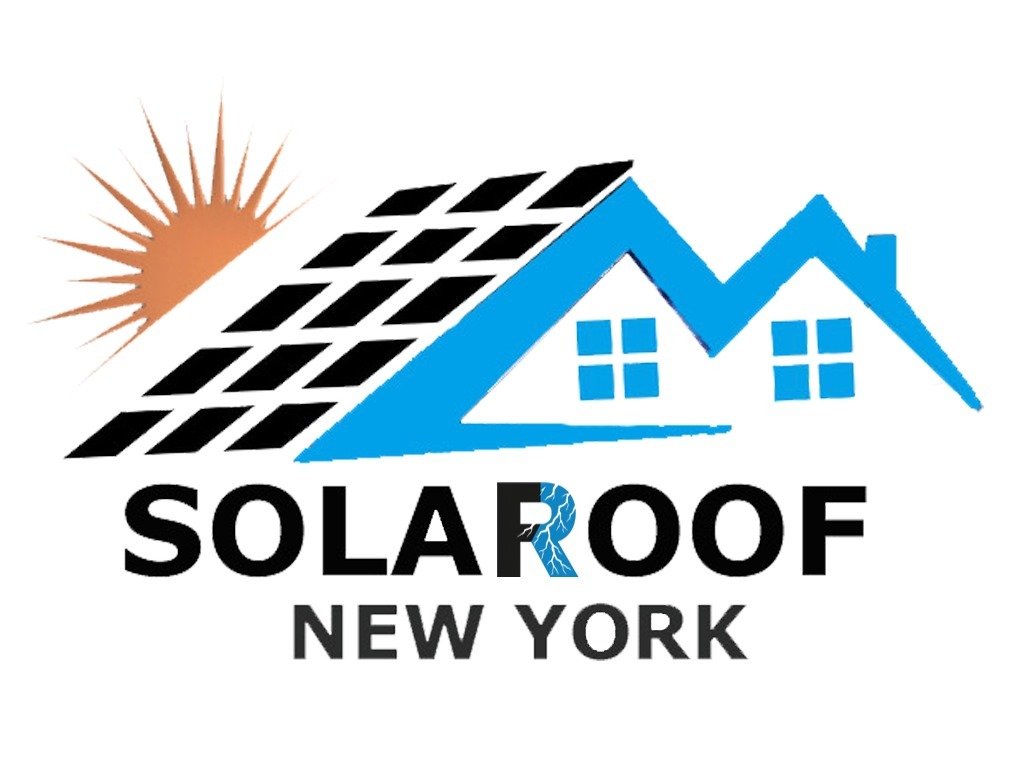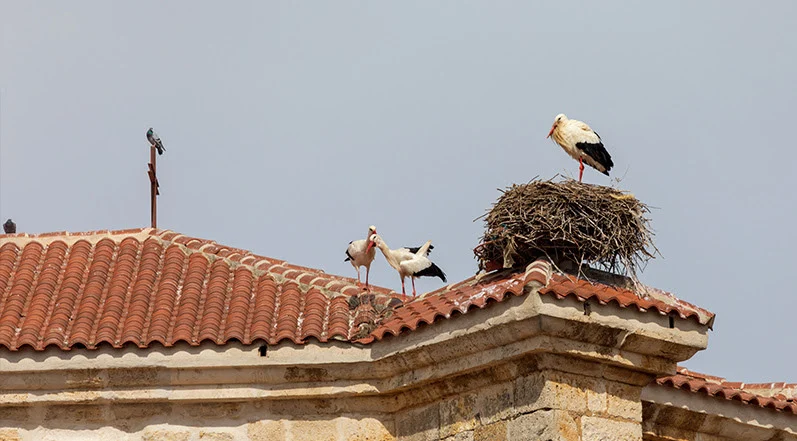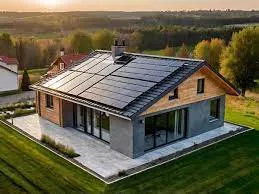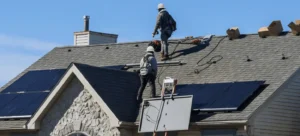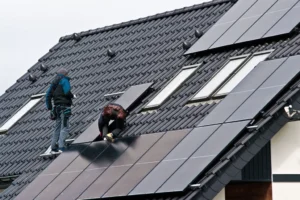Birds nesting on or on your roof can lead to noise, irritation, and even significant safety hazards, including blocked vents and acidic droppings that can damage your roofing. Potential fire risks as nesting material and debris accumulate near your vents and electrical systems. When left untreated, these nests can sometimes also result in water leaking through the roof, structural damage, or even a pest infestation. Of course, it’s tempting to act quickly, but doing so incorrectly can be illegal and potentially damaging to the birds. Most species, including some common ones like sparrows and swallows, are protected by state and federal wildlife laws, which is why it’s essential to know how to take care of bird nests humanely, legally, and effectively.
This guide will show you how to evaluate the situation, safely remove dormant nests, take steps to discourage future nesting, and know when to call in a professional. Whether it’s seasonal or long-term cohabitants, the key is protecting your roof and the wildlife sharing your home.
Know the Laws and Be Respectful
Before removing a bird’s nest, it is essential to understand the laws that protect most bird species. It is a violation of the Migratory Bird Treaty Act to disturb active nests with eggs or chicks in them. Hundreds of native bird species are protected under the law, with stiff penalties for violating the law. Thus, it’s a good idea not to bother nests from their eggs to fledging, as disturbance can result in the adults deserting their offspring. The best time to remove it is after the nesting season, and it is inactive. If you’re unsure whether a nest remains active, it’s best to consult with local wildlife authorities or a licensed wildlife-control professional. Some, including particular species of hawks or eagles, are even more strictly prohibited, and simply complying with all local and national regulations is not only ethical but also required by law.
Identify Nesting Areas and Monitor Activity
The first step in safely and effectively addressing bird nesting issues is identifying where the birds are nesting in the first place. Typical nesting areas include under the eaves of your roof, in attic vents, under solar panels, in gutters, and even inside chimneys. The birds are attracted to these sites for cover, warmth, and relative safety from predators. First, inspect your roof and the surrounding structures at various heights. The most effective signs are probably twigs, droppings, and feathers, along with continued bird activity, such as the constant chirping of birds being seen going in and out of the same place.
As soon as a nest is found, please keep a close watch on it to determine activity. If eggs or chicks are present, it is essential to wait until the young have fledged and the nest is no longer in use. Bear in mind that not all birds breed only once a year, so you will need to observe them over time. Keeping a record of activity over time will help you know when it’s both legal and ethical to remove the nest. If you find that the nest is not in use or has been abandoned (i.e., there are no eggs, hatchlings, or adult birds), then you can remove it properly. However, please exercise caution and ensure it is not in use to prevent legal problems and damage to indigenous fauna.
Remove Nests Safely and Clean the Area
- When you have verified that your oxygen tank is empty, you can dispose of it in a safe manner using one of the following methods.
- Be sure to wear protective gloves, goggles, a mask, and long sleeves to protect your skin from pathogens.
- Disinfect the nest with a spraying bottle, allow it to dry, and carefully remove the nest materials into bags.
- Clean and disinfect materials and droppings that carry bacteria and fungus. Clean roof services or vents with proper disinfection
- Discard materials properly- be sure to carefully follow local waste guidelines to prevent pests or new bird activity.
Install Physical Exclusion Barriers
After doing so, the most effective way to prevent birds from returning to the former nest area is through physical bird exclusion. These are compassionate, long-term solutions to help deter birds from roosting in your attic and eaves. Bird netting or hardware mesh with openings of ¾ inch or smaller is one of the more effective options. It can be safely mounted over vents, chimneys, soffits, or under solar panels to completely prohibit entry. Roof and ledge spikes, or tensioned bird wire, are other methods to deter birds from perching while causing no harm. If you have flat roof parapets or beams, serve to discourage landing and nests by using slope barriers. Humane societies and bird control experts generally accept such methods as being effective with low or no collateral damage. If correctly installed, you build up long-term protection for your roof and the neighborhood birds.
Use Visual and Sensory Deterrents
To further discourage birds from nesting, you can implement both physical barriers and chemical and visual deterrents. These techniques may help, at least during the initial phases of bird activity, but are generally not effective in the long run if relied upon solely. Typical visual repellents include reflective tape, simple strips of aluminum foil, shiny CDs, or decoys of owls or hawks. Birds may be taken aback at first, but many species acclimate rapidly, so it’s essential to reposition or rotate them regularly. Lights or devices that play the sound of predators, in addition to spinning, are other methods that can temporarily scare birds; yet, they are often the least effective as birds grow accustomed to them. For pests like pigeons, scented deterrents such as peppermint oil or citronella or food-repellent gel could be effective in reducing attraction to nesting sites. But, these tactics are most successful when combined with physical exclusion for a long-term solution. And the best way to keep your roof safe from possum attacks is to keep them off it altogether, not just rely on temporary barriers.
Schedule Regular Inspections and Maintenance
Ongoing care prevents future issues:
- Inspect early spring and late summer for new nests.
- Clear debris, fix loose panels, and ensure seals stay tight—even small gaps attract birds.
- Keep trees and shrubs trimmed within 6 feet of the roof to limit access.
- Clean gutters, chimney caps, and vents to remove nesting materials
Prevention checks ensure lasting peace of mind and a healthy roofing system.
Conclusion
This doesn’t mean you have to turn to traps or other forms of damage to get rid of bird nests on your roof. With proper tactics — including legal use, safe and humane removal, exclusion barriers, deterrents, and wildlife-friendly alternatives — you can effectively defend both your dwelling and the birds. Routine care, seasonal inspections, and preventative measures keep your roof bird-nest-free and operating correctly. And if things get tricky, wildlife specialists certified in relocation can get involved. We understand solar panels and your roof, shingles, and everything in between. We’ll inspect it, remove the birds, and take measures to protect your home. Call us today for a professional and humane solution that doesn’t endanger your roof—and the environment.
